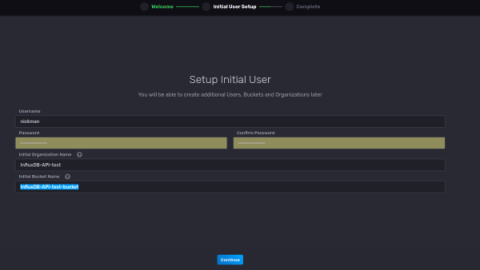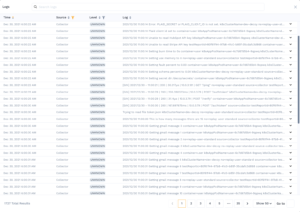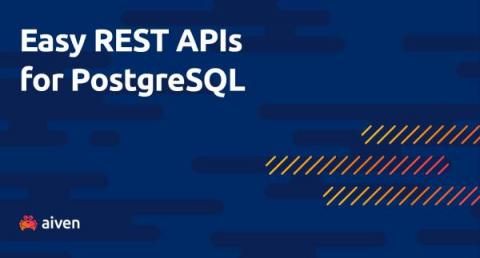Using authentication decorators in Flask
Has your team worked on an API and wanted (somehow) to implement more powerful security features? If you are dissatisfied with the level of security in an API, there are solutions for improving it! In this tutorial, I will lead you through the process of creating API endpoints that are secured with authentication tokens. Using these endpoints, we will be able to make requests to the Flask API only for authenticated users.










